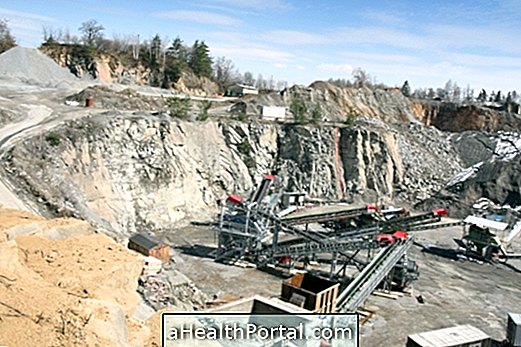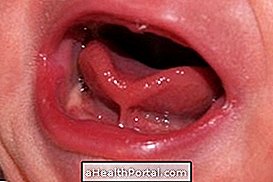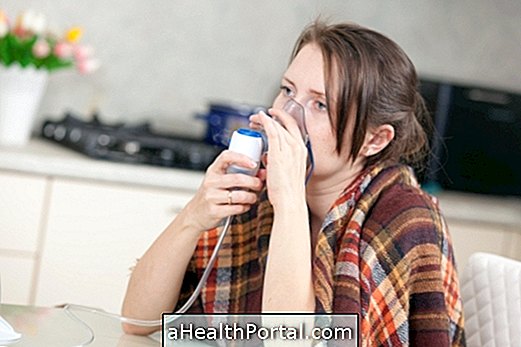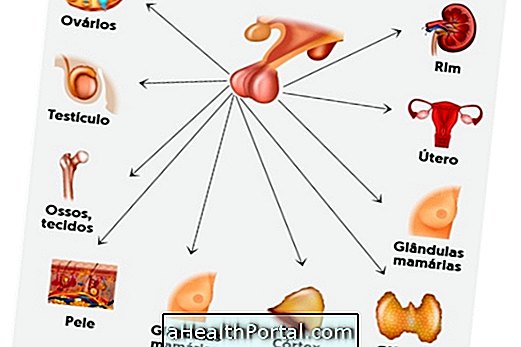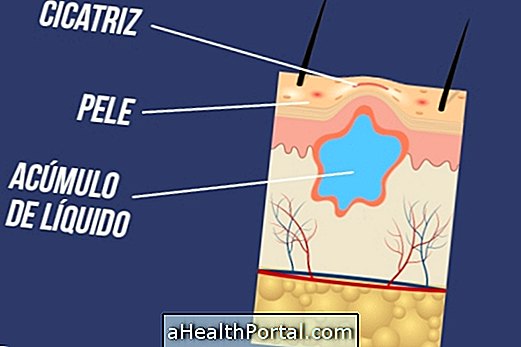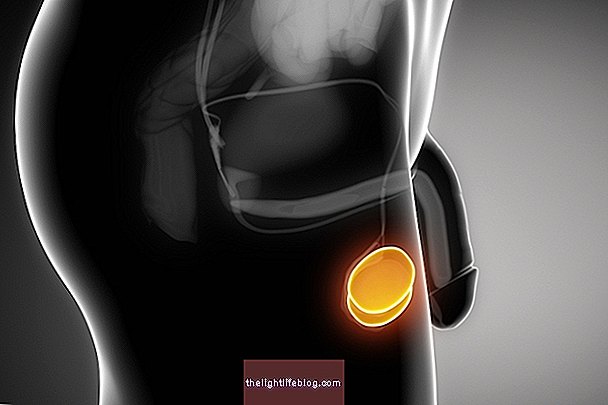Treatment for pulmonary fibrosis usually involves the use of corticosteroid medicines, such as Prednisone or Methylprednisone, and immunosuppressive medicines, such as Ciclosporin or Methotrexate, prescribed by the pulmonologist to relieve shortness of breath and improve breathing.
In some cases, the physician may also indicate the use of Acetylcysteine, which is a remedy used to treat pulmonary diseases, to slow the development of pulmonary fibrosis when associated with corticosteroids.
In addition, to facilitate breathing, the pulmonologist may recommend that the patient use oxygen at home, especially for sleeping or doing daily activities, such as storing the house or climbing stairs, for example.
Treatment for pulmonary fibrosis does not cure the disease, but it helps alleviate symptoms by improving the patient's quality of life. However, when the symptoms worsen and the treatment does not work, it may be necessary for the patient to have a lung transplant.
Physiotherapy for pulmonary fibrosis
Physiotherapeutic treatment for pulmonary fibrosis helps complement the treatment of the disease through respiratory exercises that improve the supply of oxygen to the whole organism, facilitating the patient's breathing.
Thus, rehabilitation for pulmonary fibrosis, besides helping to alleviate the symptoms of the disease, is able to improve the patient's quality of life, allowing him to do the activities of daily living more easily.
Natural Treatment for Pulmonary Fibrosis
The natural treatment for pulmonary fibrosis involves the adoption of some daily care that include:
- Do not smoke:
- Avoid frequent smoke or dust;
- Drink at least 1.5 liters of water per day;
- Make nebulisations with saline or eucalyptus, for example;
- Use a mask when it is not possible to avoid polluted environments.
Such care helps relieve symptoms, but does not replace medical treatment, since the remedies are important for slowing the progression of the disease.
Signs of improvement in pulmonary fibrosis
Signs of improvement in pulmonary fibrosis appear a few days after starting treatment and include relief of symptoms such as difficulty breathing, shortness of breath, dry cough and excessive tiredness.
Signs of worsening of muscle fibrosis
Signs of worsening pulmonary fibrosis occur when the patient continues to smoke, is frequently exposed to polluted environments or does not treat properly, and includes worsening breathlessness, dry cough and excessive tiredness, as well as bluish or purplish legs and fingers.



